The price of property continues to be a hot topic across the country.
While the cost of buying a home in Scotland has skyrocketed in the last 20 years, the picture in each city, town and village looks slightly different.
So, what is the situation in Stirling – and how does it compare to the rest of the country?
The Courier’s data team has dug into statistics going back two decades to show at a glance how the price of buying a house or flat in the Stirling area has fluctuated over time.
In the main, Stirling’s average house prices are higher than the Scottish average.
The most recent data, from July 2024, shows the average home in Stirling costing £274,093, compared to £235,758 in Scotland overall.
Cost of buying a home has nearly tripled in 20 years
Between April 2003 and July this year, property prices in the Stirling area peaked during December 2023, when the average cost of a home rocketed to £305,591.
According to the director of family-run Paul Rolfe Estate Agents, based on Pitt Terrace in Stirling, the area’s demand is too high for what its sellers can provide.
“The number of transactions is low compared to most areas, for the size of the population,” Mr Rolfe explains.
“Not enough people are putting their house on the market. So, when something does come up that’s really desirable, it goes for a high price, and quickly.
“People are paying crazy money to be in King’s Park – £500,00 to £700,000. Not your typical average house price, which is probably around £200,000.”
The lowest average house price locally between 2003 and 2023 was £100,371, in April 2003, meaning the cost of buying somewhere to live nearly tripled in just over 20 years.
That being said, there have been occasional dips over time, including a big drop in April 2013, when average prices in Stirling fell to £135,605.
And, more recently, there were three significant price drops between July 2020 and August 2020, October 2021 and February 2022, and December 2023 and February 2024.
Commenting on the dips over the years, property expert Mr Rolfe says: “I think it’s kind of seasonal. I think it’s also the economy changing, particularly since 2019 and 2020.”
Good news for anyone with a flat to sell
Looking at the data, it seems house prices tend to fluctuate more often in the Stirling area compared to Scotland as a whole.
But, generally speaking, residential property prices are steadily rising in Stirling.
Recent sellers of detached, semi-detached and terraced houses may have found themselves disappointed. These types of property all saw an average price dip over the past few quarters.
Still, flats saw a rise in the last quarter, though flat prices peaked in the first quarter of 2022-23, at £170,364.
This means that while detached homes currently cost an average of £365,513, terraced houses are selling for an average of £183,597 – just £18,510 more than flats.
“My viewpoint is that a lot of flats have been sold because private landlords are pulling out of the market, because of the taxation,” says Mr Rolfe.
“When they buy another property, they get charged extra money – 6% of the price of the property. So, landlords are not buying many flats.
“Flats are selling and going to private individuals, who are desperate to get on the housing market before it goes up any higher, and probably pushing themselves a little bit.
“They can’t afford a house with a garden – they’d like one, but they can’t afford it.”
For more Stirling news and features visit our page or join us on Facebook
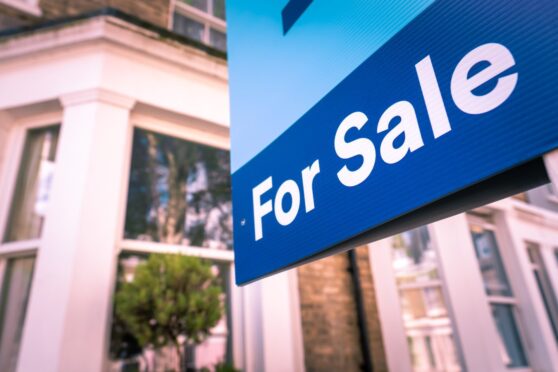
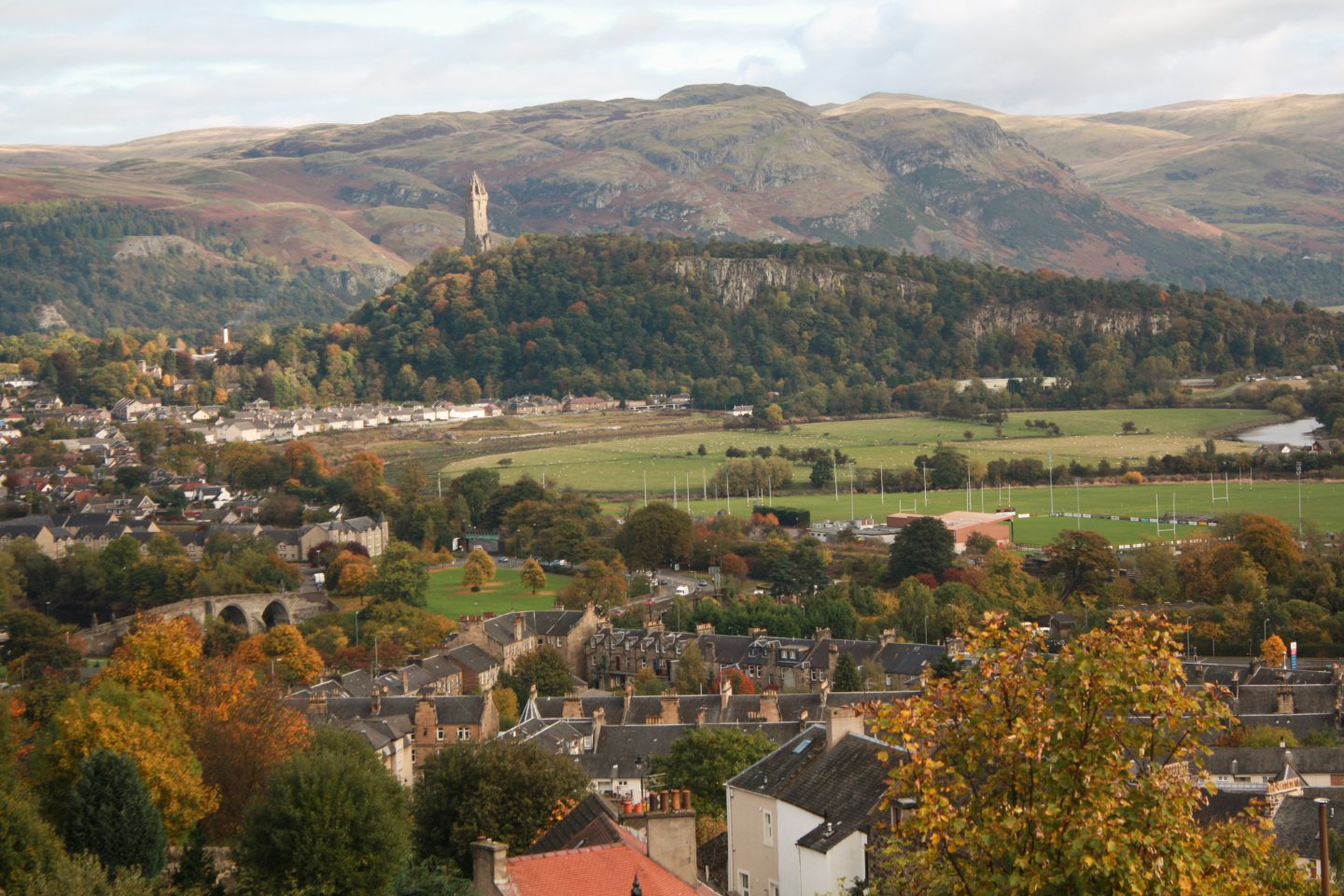

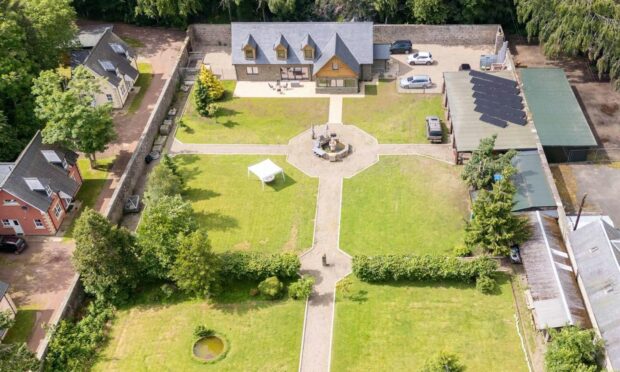
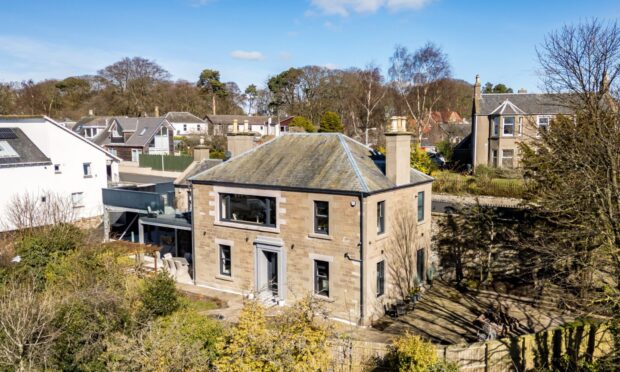
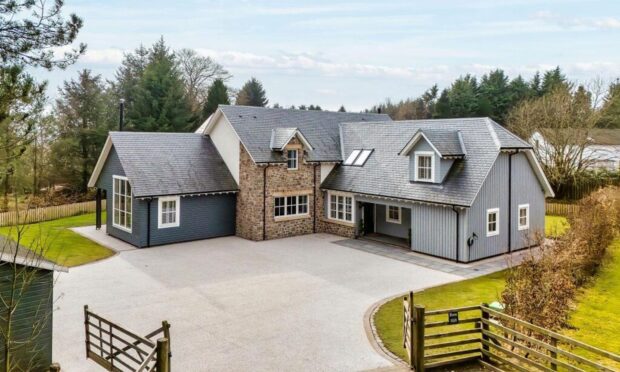

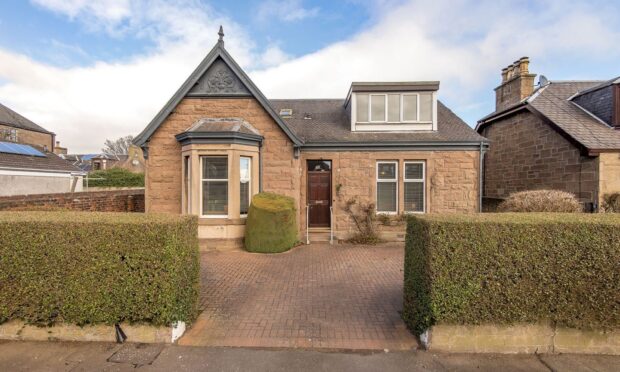
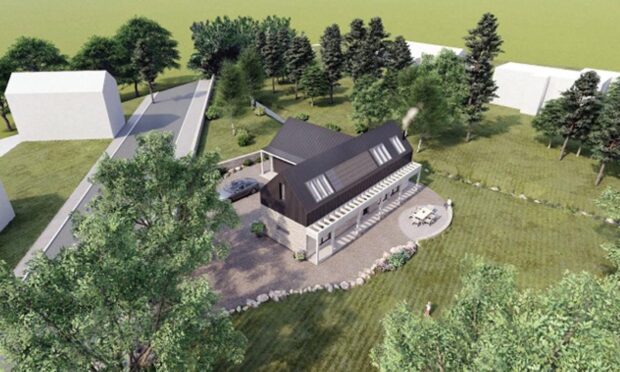
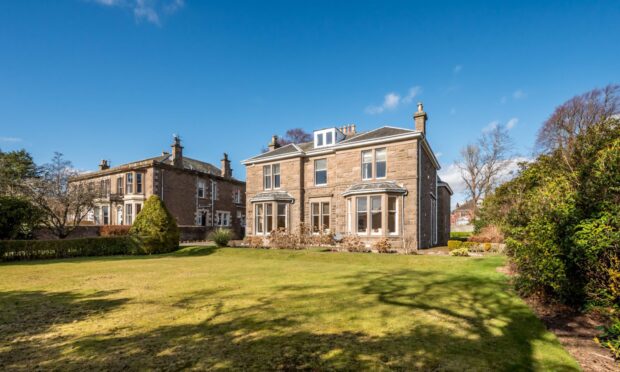
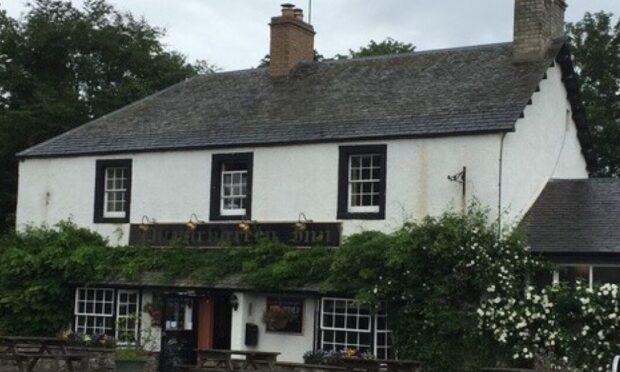
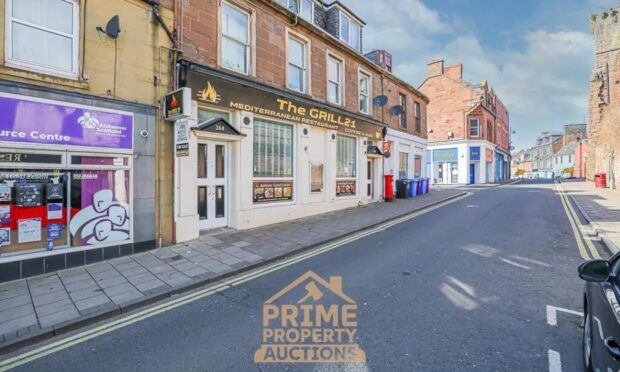
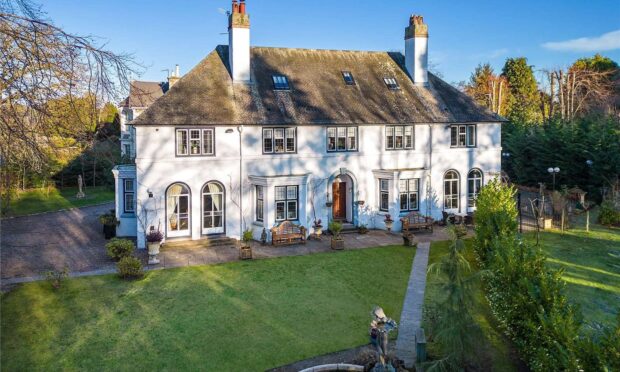
Conversation